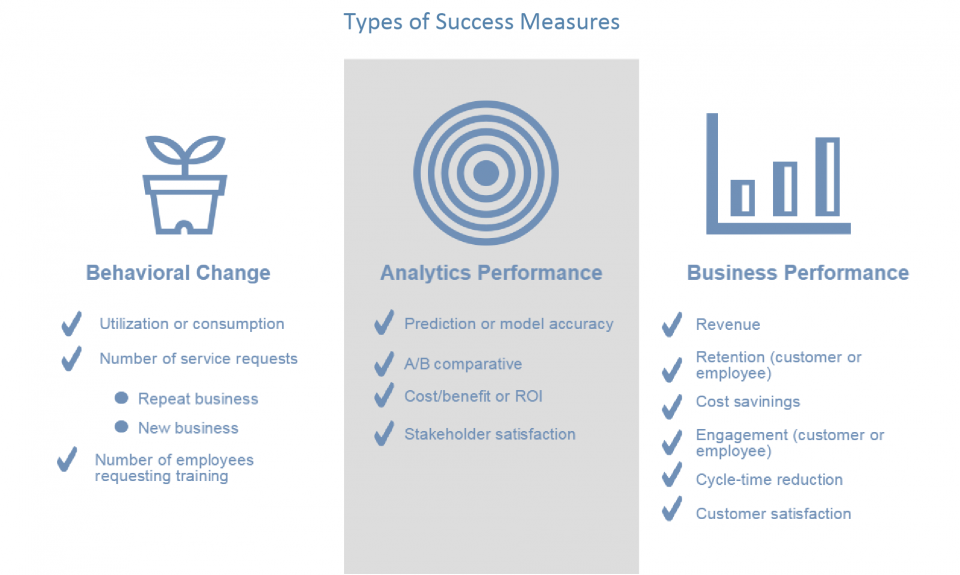Data & Analytics
APQC’s data and analytics research gives you the tools, techniques, and strategies you need to understand and benefit from this rapidly-growing business movement. Use our best practices, case studies, white papers, and other resources to improve performance and identify new opportunities before your competitors do. Establish analytics capabilities, outline the value proposition for analytics, address the change management issues associated with establishing analytics in your organization, and more.
Start here...
Questions about data and analytics or other performance management topics?
Contact APQC3 Steps to Establishing a Data-Driven Culture
Establishing a data-driven culture is a perennial challenge for organizations seeking to improve their performance management. In a 2018 APQC survey, members said it was their number one data and analytics challenge. Building a data-driven culture in your organization will require you to take the following steps:
1. SET THE STAGE FOR CHANGE
Preparing to shift toward a data-driven culture is largely a people-centric activity. The change leader must become a salesperson. And as with any sale, the salesperson’s job is to educate buyers about what the product is and how it will benefit them.
To prepare your organization for change:
• Conduct a current state assessment to create a baseline and add focus to the change effort
• Enlist senior leadership to legitimate and guide the change
• Build a compelling business case for change
2. ROLL OUT ANALYTICS CAPABILITIES
In previous research on change management, APQC found that the key components of managing or rolling out any change, especially one that encompasses an entire organization, are:
• Ensuring the change has the necessary resources (including analytics capabilities, right skills, and access to the data)
• Using an array of engagement tactics to generate buy-in and change behaviors
• Combining structured communications with quick wins to maintain momentum
In the case of data-driven decision making, this means establishing or using analytics capabilities within the organization.
3. MEASURE SUCCESS AND CULTURE CHANGE
Keep your emphasis on change objectives through targeted measures of success to help reach long-term goals such as a culture shift. This enables you to show value to the organization, keep stakeholders engaged, and make adjustments to the program as needed.
Understanding that you need measures and a cycle of structured review is easier said than done. Organizations commonly struggle with finding the right measures, and how to tie the outcomes of analytics projects to success measures.

Let Our Experts Guide Your Continuous Improvement Journey
Contact Our Advisory Services DirectorAPQC Advisory Services
Whether you’re just getting started on your continuous improvement journey or need guidance to address governance and oversight issues, our Advisory Services team can help you get the most out of your efforts. Our process and knowledge management consultants have helped hundreds of organizations worldwide apply APQC’s research and tools to improve performance and realize their business goals.
To learn more, contact our advisory services director:

